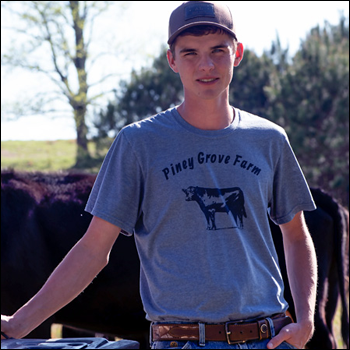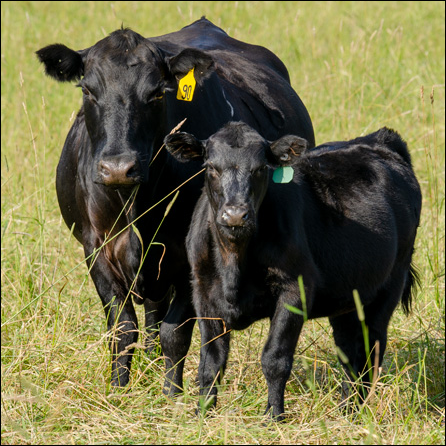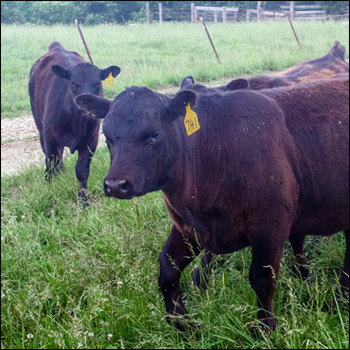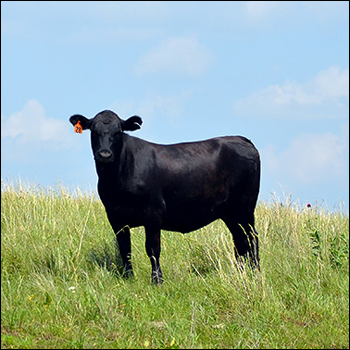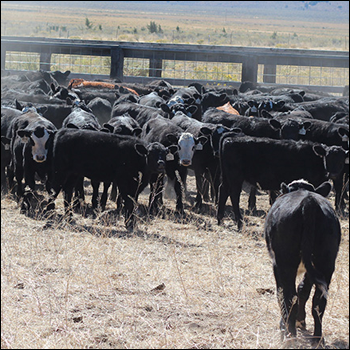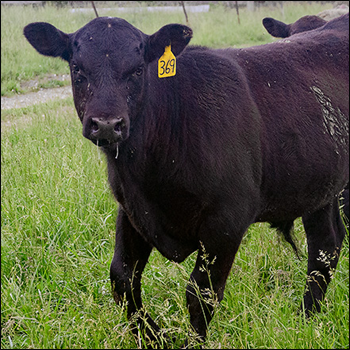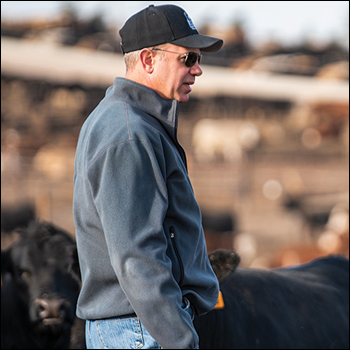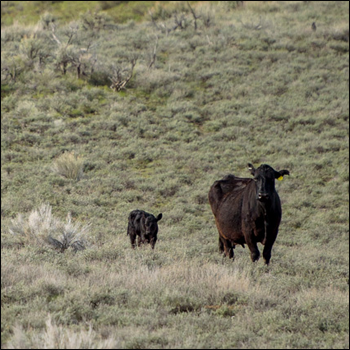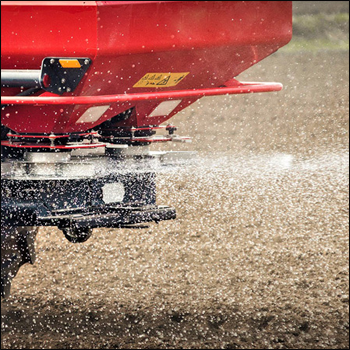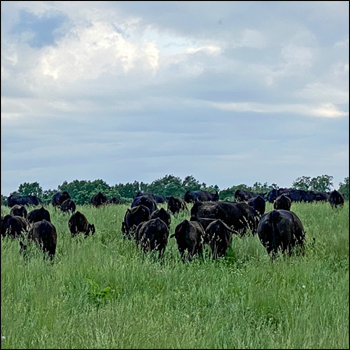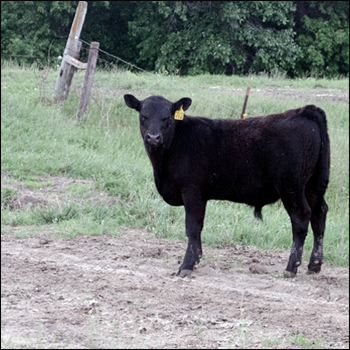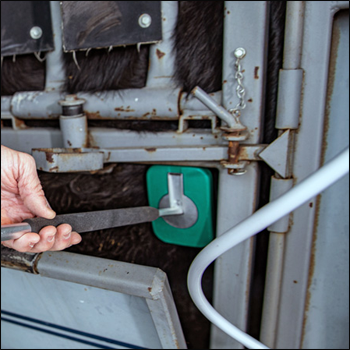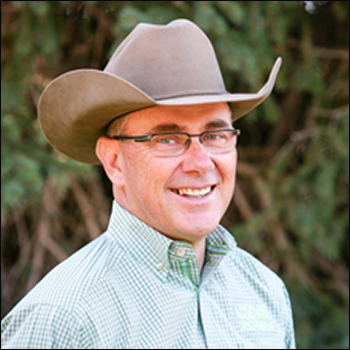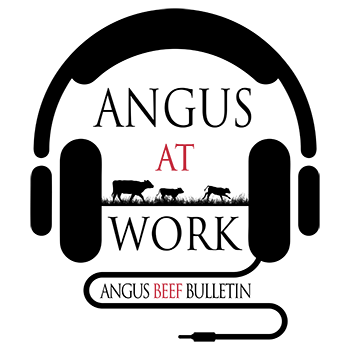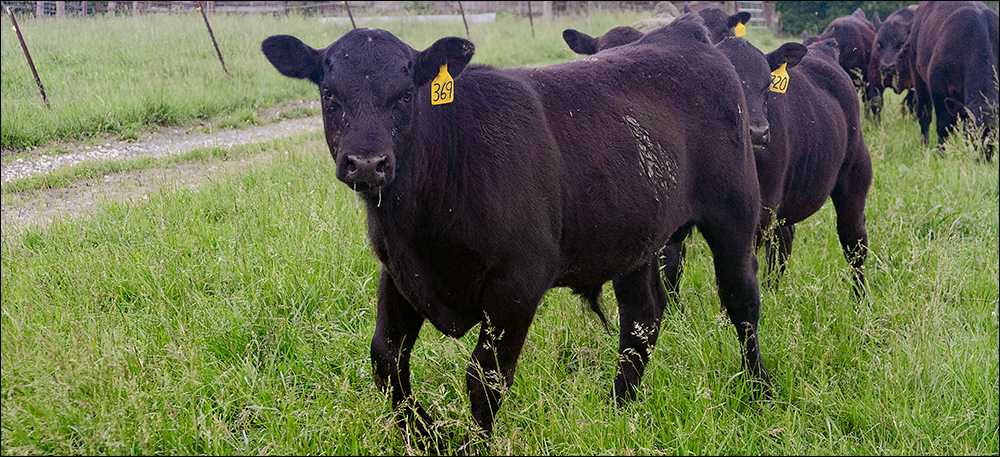
Tips for Sorting Calves From Cows
A calf-stripper gate allows calves to slip into another pen while cows walk past.
It pays to sort cattle quietly and calmly, especially when sorting cows away from the calves. Dylan Biggs from TK Ranch near Hanna, Alta., Canada, realized the benefits of handling cattle quietly several decades ago. He learned many techniques from Bud Williams.
The first goal is to bring cattle into the corral quietly and calmly. Then there are some ways to make it easier to sort calves away from the cows. Biggs uses a calf-stripper gate/panel; calves can go under it and be in another pen as the cows go out of the corral or into a different pen.
After cattle come into the corral, they circle around wanting to go back out the way they came in.
“I take advantage of that natural flow for sorting. You don’t need to push them. If anything, you might need to slow them down,” he says.
The gate the calves come in is the same gate they go out with the cows, which is adjacent to where the calves slip through into a different pen, Biggs says. Cows that have done this before will come to the gate and go out, while the calves are shunted to the side and under a panel into a different pen.
“Cows that have been through the facility — if they trust you — are very willing to just walk by you, rather than hurrying. Calves are more timid. They haven’t gone by very many people in their short life,” he explains.
They are more apt to pause as the pairs come past the person at the sorting gate and are easy to sort off. The cow will keep going out the gate, and the calf will pause.
Use your position to shunt that calf through the stripper gate, Biggs advises. Too often, people use a stick or a flag. This allows them to cue too aggressively. The calf just needs to briefly stop while mom goes by. Then you back up and block him, so the calf has to go a bit to the side, but continues to follow mom, except now he’s on the other side of the fence. You don’t want to cue aggressively and turn him around or push him back toward the herd. You want him to keep coming.
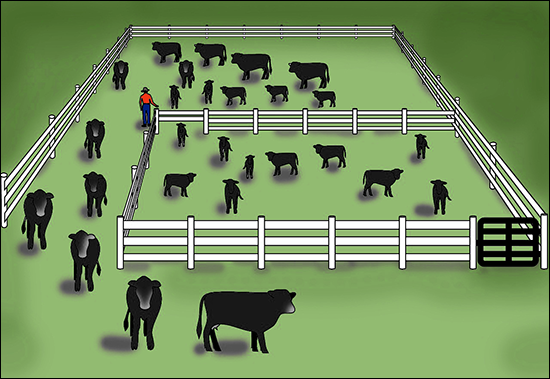
Use your position to shunt that calf through the stripper gate, Biggs advises. Too often, people use a stick or a flag. This allows them to cue too aggressively. The calf just needs to briefly stop while mom goes by. Then you back up and block him, so the calf has to go a bit to the side, but continues to follow mom, except now he’s on the other side of the fence. See a larger version of this illustration by clicking here. |
“The challenge is how tiny your cue should be,” states Biggs. “Maybe it’s so subtle that an observer can’t tell you’ve moved.”
Cues will depend partly on the cattle and how flighty or calm they are.
Sometimes, the cattle come in groups that force handlers to stop movement completely.
For example, Biggs says, “There will be circumstances where a couple calves are coming with the cow, maybe a calf on each side of her — one of them between the cow and the fence — and this can mess up your sort. In this situation, you must stop the movement until you find a way to shuffle things a bit and in position to get what you want.”
Human nature is to slam the gate shut, so you won’t lose the extra calf, he warns. But your positioning at the gate where you are sorting the calves needs to be into the pen a bit. This allows you room to back up into the gate, not slam it shut.
Once at the gate, your body will block it and take pressure off the animals at the same time, rather than turning them all around. They will be slowed, but still facing you. This might give the cow an opportunity to keep coming forward, and the calves might not come — and you can aim them toward the calf gate, he explains.
You can always grab the gate or close it if you need to, says Biggs. Slamming the gate shut spooks them all and turns them around. Now the flow is disrupted and you’ve lost time and efficiency.
Editor’s note: Heather Smith Thomas is a freelance writer and cattlewoman from Salmon, Idaho. Diagram courtesy Joe Stookey. Lead photo by Kasey Brown.

Angus Proud
In this Angus Proud series, Editorial Intern Jessica Wesson provides insights into how producers across the country use Angus genetics in their respective environments.
 Angus Proud: Scott Sproul
Angus Proud: Scott Sproul
Oklahoma operation learned wisdom of moving calving season to better suit their marketing needs.
 Angus Proud: Bubba Crosby
Angus Proud: Bubba Crosby
Fall-calving Georgia herd uses quality and co-ops to market calves.
 Angus Proud: Jim Moore
Angus Proud: Jim Moore
Arkansas operation retains ownership through feeding and values carcass data.
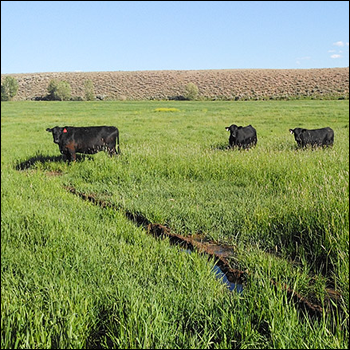 Angus Proud: Stephen Shiner
Angus Proud: Stephen Shiner
Idaho operation rotates pastures in summer and raises crops for winter.
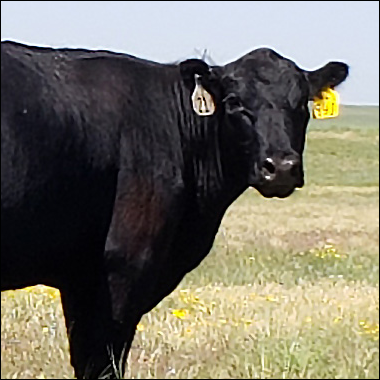 Angus Proud: Brian Nusbaum
Angus Proud: Brian Nusbaum
Angus cattle fit cattleman’s marketing goals and helped him set out on his own.
 Angus Proud: Les Shaw
Angus Proud: Les Shaw
South Dakota operation manages winter with preparation and bull selection.
 Angus Proud: Jeremy Stevens
Angus Proud: Jeremy Stevens
Nebraska operation is self-sufficient for feedstuffs despite sandy soil.
 Angus Proud: Dave Rutan
Angus Proud: Dave Rutan
Angus breeder gets the most out of his bull investment by partnering with opposite calving-season operation.
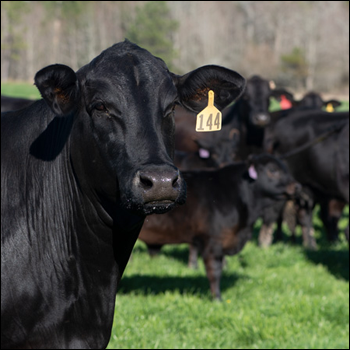 Angus Proud: Nickey Smith
Angus Proud: Nickey Smith
AngusLink helps Louisiana cattleman gain more for his calves.
